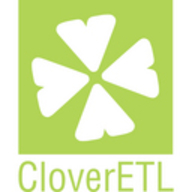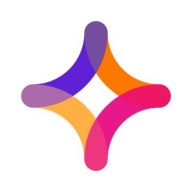

CloverETL and Jitterbit Harmony are competing in the data integration space. Jitterbit Harmony holds an advantage due to its extensive feature set, which is valued despite a higher price point.
Features: CloverETL is recognized for its robust data transformation capabilities, flexibility, and advanced debugging tools. It offers custom component support, making it suitable for complex data workflows. Jitterbit Harmony provides visual workflow design and pre-built templates to speed up integration processes. It supports a wide range of connectors and offers real-time integration, setting it apart in the market.
Ease of Deployment and Customer Service: CloverETL has a straightforward deployment model that allows integration with existing systems, noted for reliable technical support. Jitterbit Harmony offers a cloud-based deployment model for quick scaling and simplified maintenance, with responsive customer service enhancing its appeal.
Pricing and ROI: CloverETL presents lower setup costs, making it appealing to budget-conscious businesses by offering good ROI through its affordable licensing options. Jitterbit Harmony, despite being more expensive, provides higher ROI attributable to its comprehensive capabilities and scalable solutions, making it worthwhile for organizations seeking advanced integration.

Jitterbit Harmony is a comprehensive platform for data integration and API management, enabling seamless synchronization and automation across cloud-based and on-premises applications.
Users leverage Jitterbit Harmony to integrate systems like ERP and CRM applications, simplifying complex data workflows and enhancing automation. It supports efficient data migration and ensures smooth connectivity, handling diverse integration needs and helping streamline business processes. Users emphasize its drag-and-drop functionality and extensive templates, which contribute to its robust performance. However, improvements are needed in data mapping, error message clarity, and documentation, especially when dealing with large data volumes.
What are the key features of Jitterbit Harmony?Companies across retail, manufacturing, healthcare, and finance sectors use Jitterbit Harmony to integrate critical applications and automate workflows. In retail, it connects inventory systems with sales platforms, reducing manual effort. Manufacturers sync their ERP systems with supply chain software, optimizing operations. Healthcare organizations integrate patient management systems with insurance databases, streamlining patient care. Financial institutions use it to connect accounting software with banking systems, ensuring real-time financial data exchange.
We monitor all Data Integration reviews to prevent fraudulent reviews and keep review quality high. We do not post reviews by company employees or direct competitors. We validate each review for authenticity via cross-reference with LinkedIn, and personal follow-up with the reviewer when necessary.